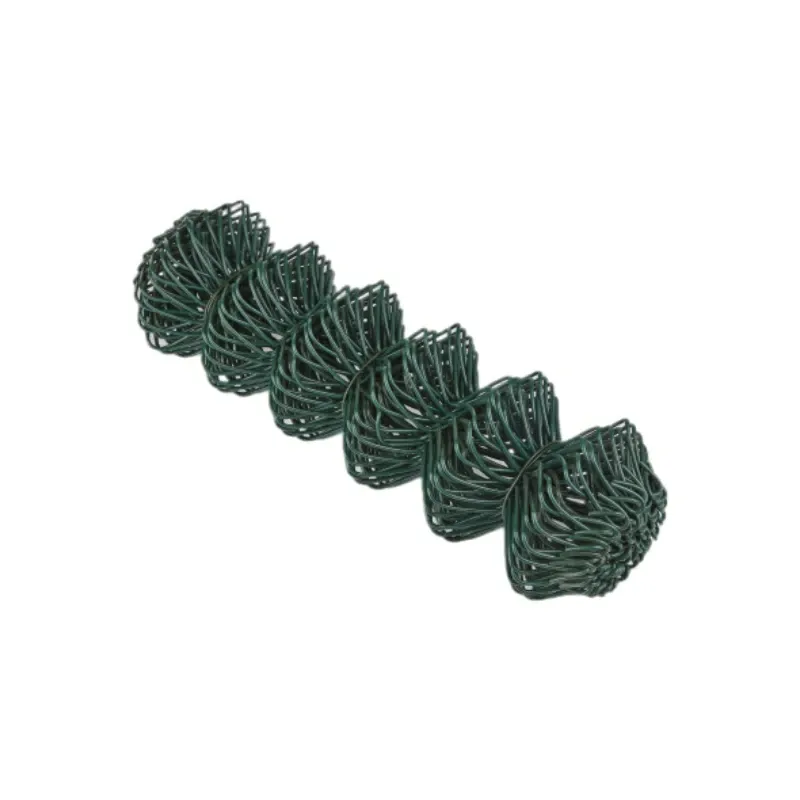Understanding Construction Zone Fencing Importance and Best Practices
Construction zones are ubiquitous in urban environments, signaling development, maintenance, and improvement projects. However, they also pose various risks to public safety and property. To navigate these challenges effectively, construction zone fencing becomes a crucial component. This article delves into the importance of construction zone fencing and best practices for its implementation.
At its core, construction zone fencing serves multiple purposes it protects the site, ensures pedestrian safety, and minimizes disruption to surrounding areas. First and foremost, it acts as a barrier to keep unauthorized individuals away from potentially dangerous equipment and materials. By restricting access, construction zone fencing significantly reduces the risk of accidents, injuries, and liability claims.
Moreover, effective construction zone fencing contributes to public safety by guiding pedestrians around hazardous areas. Clear, well-marked routes help ensure that individuals can navigate construction sites without unnecessary risk. Fences can also be combined with appropriate signage, enhancing visibility and communications about ongoing work. This proactive approach helps maintain a positive relationship between construction companies and the community, as residents feel safer and more informed.
construction zone fencing

When considering the types of fencing available for construction zones, several options stand out. Chain-link fencing is among the most popular due to its durability, visibility, and ease of installation. It provides a strong physical barrier while allowing visibility into the construction area, which can deter vandalism and theft. For sites requiring more security, solid wood or composite fencing can offer a more formidable barrier while also improving aesthetics.
However, it's not just about choosing the right materials; proper installation is paramount. Construction zone fencing should be erected according to local regulations and standards, ensuring stability and effectiveness. Regular inspections and maintenance are also essential to address any wear and tear promptly. This not only prolongs the life of the fencing but also reaffirms the commitment to safety.
In addition to safety considerations, construction zone fencing can also impact the surrounding environment positively. Using green materials and incorporating designs that minimize visual disruption can maintain the neighborhood's aesthetic appeal. Moreover, temporary fencing can be reused for multiple projects, supporting sustainability efforts in the construction industry.
In conclusion, construction zone fencing is a vital element in managing safety and accessibility at construction sites. By utilizing effective fencing solutions and adhering to best practices, construction companies can protect both their workers and the public while contributing to a smoother and safer urban environment. Investing in quality fencing is not just a regulatory requirement; it’s a commitment to ensuring safety and community well-being.
-
The Strength and Versatility of Aluminum Expanded Metal Mesh
NewsJun.10,2025
-
Safety Guards and Machine Enclosures Using Expanded Mesh
NewsJun.10,2025
-
Performance with Round Hole Perforated Mesh in Wall Panels
NewsJun.10,2025
-
How Steel Grating Trench Covers Distribute Weight Efficiently
NewsJun.10,2025
-
How Deck Mesh Railing Enhances Backyard Aesthetics
NewsJun.10,2025
-
Comparing Bar Thickness and Spacing in Steel Grating
NewsJun.10,2025
Subscribe now!
Stay up to date with the latest on Fry Steeland industry news.

